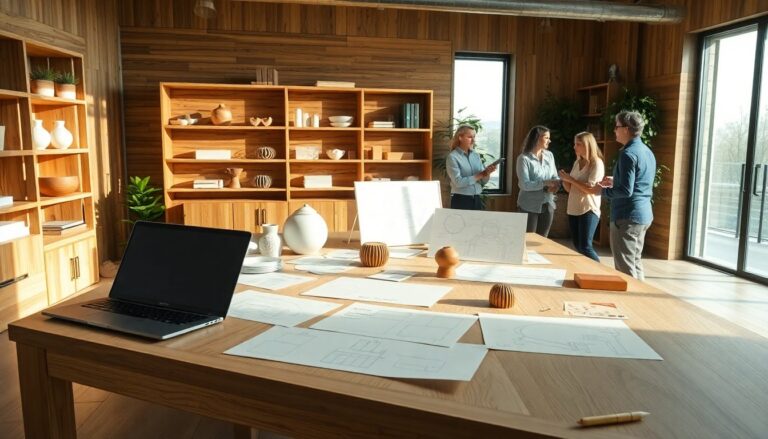Argomenti trattati
Emerging sustainability trend: circular design
Circular design is increasingly recognized as a crucial trend in the sustainability landscape. As businesses encounter mounting pressure to implement sustainable practices, transitioning from a linear to a circular economy presents a significant opportunity to reduce waste and improve resource efficiency. By focusing on circular design, companies can lower their environmental footprint while fostering innovation and enhancing profitability.
Business case and economic opportunities
The sustainability narrative is shifting. Leading companies have identified that adopting circular design not only aligns with consumer expectations for sustainability but also offers substantial economic benefits. For example, organizations that integrate circular practices often experience reduced operational costs, increased brand loyalty, and access to new revenue streams. The business case for circular design is compelling: it fosters greater efficiency, lowers costs, and enhances resilience against supply chain disruptions.
Implementing circular design in practice
Implementing circular design requires a structured approach. The first step is to conduct a thorough Life Cycle Assessment (LCA). This assessment helps identify areas of waste and inefficiency within the existing product lifecycle. Following this, companies should prioritize redesigning products for longevity, ease of repair, and recyclability.
Collaboration with suppliers and customers is crucial in establishing a closed-loop system. This system aims to maximize resource recovery and minimize waste. By working together, stakeholders can ensure that products are not only sustainable but also economically viable.
Pioneering companies in circular design
Several companies are leading the charge in adopting circular design principles. For instance, Patagonia has established a take-back program that encourages customers to return used items for recycling or resale. This initiative not only promotes sustainability but also strengthens customer loyalty by engaging them in the brand’s environmental mission.
IKEA is also making significant strides towards a circular model. The company has committed to becoming carbon neutral by 2030. This commitment involves a focus on sustainable materials and product design that prioritizes recyclability. Such measures reflect a broader trend where consumers today expect brands to take responsibility for their environmental impact.
Roadmap for the future
As businesses look to the future, prioritizing circular design is essential within their ESG strategies. This approach involves setting measurable targets for resource efficiency and engaging stakeholders throughout the transition. Continuous innovation in product design and lifecycle management is crucial. By aligning with SASB and GRI standards, companies can enhance transparency and accountability in their sustainability efforts, ultimately contributing to a more resilient and sustainable future.

